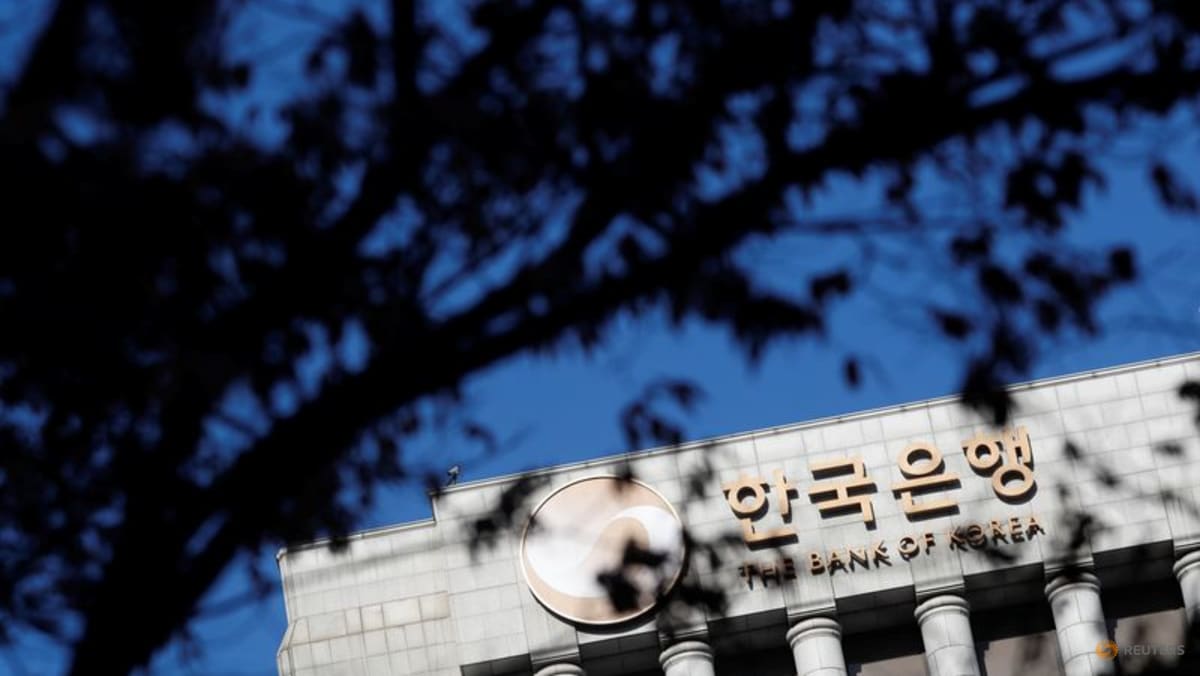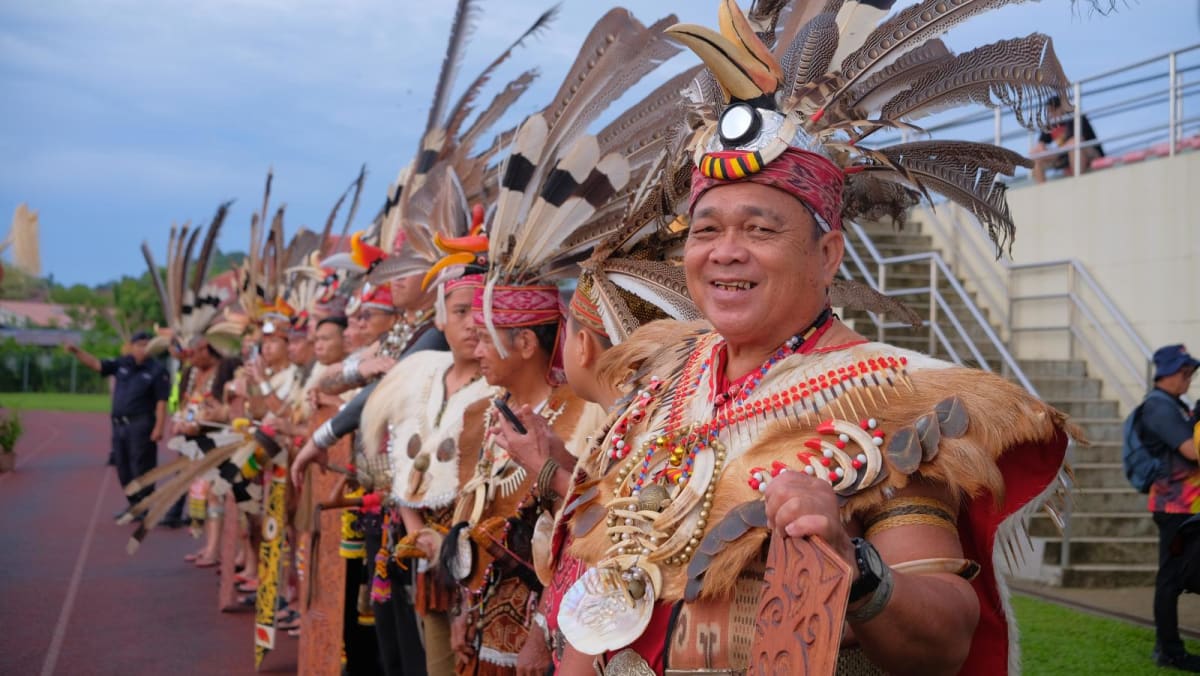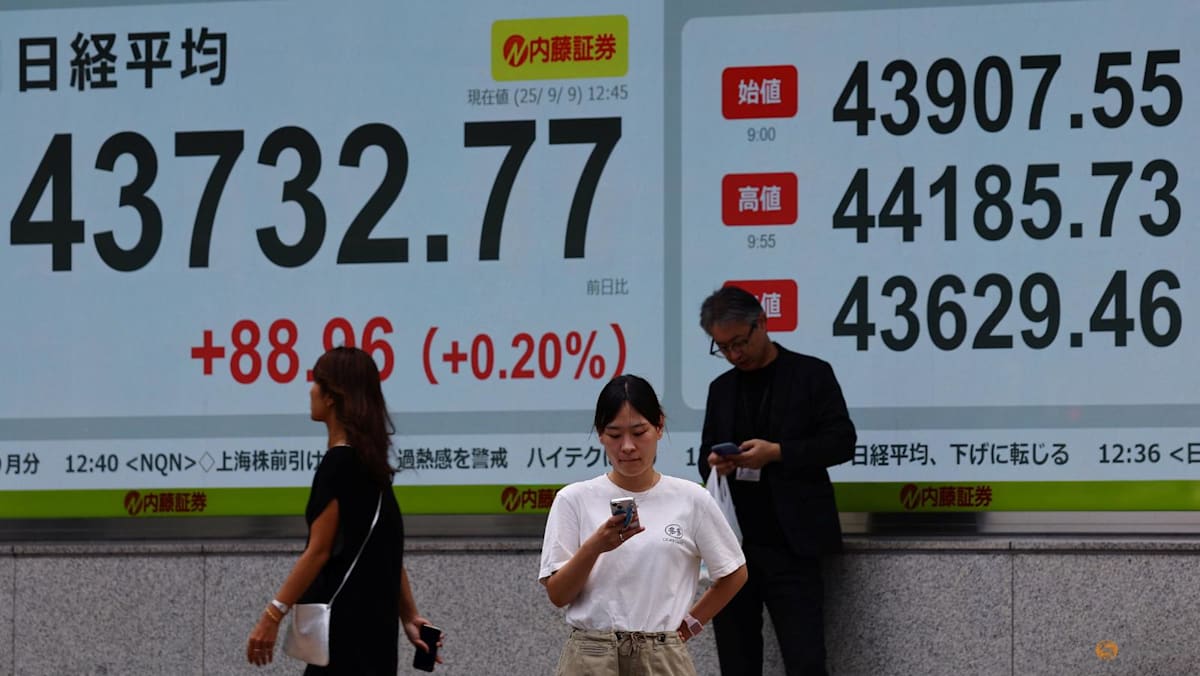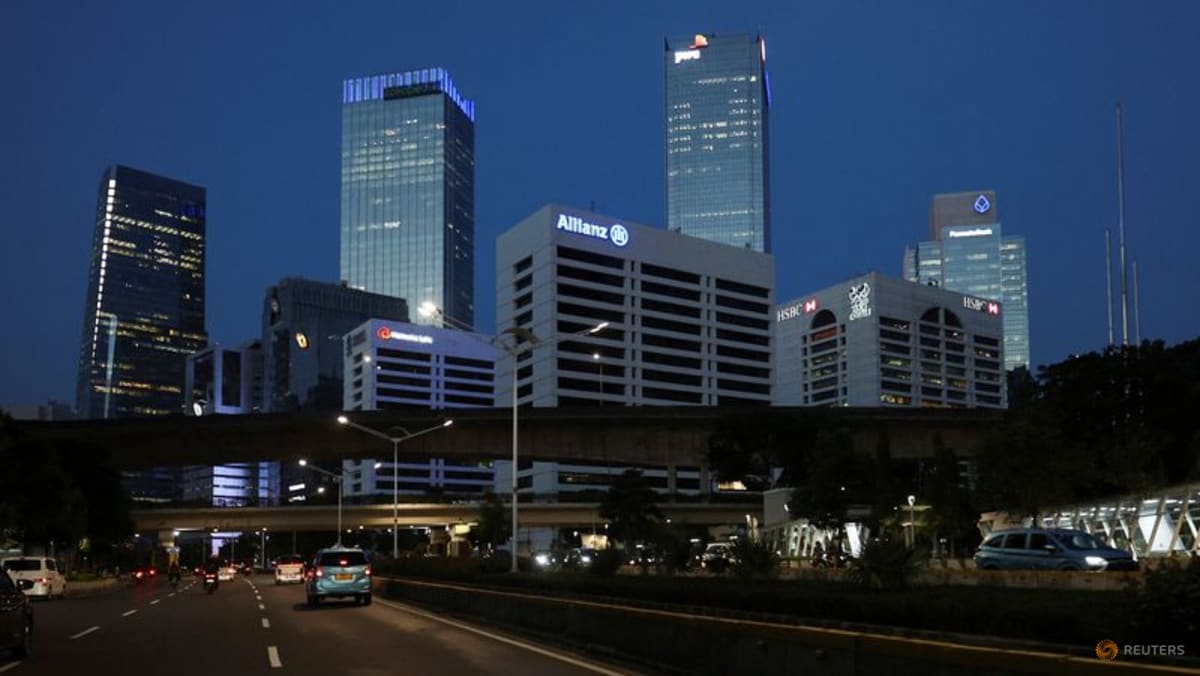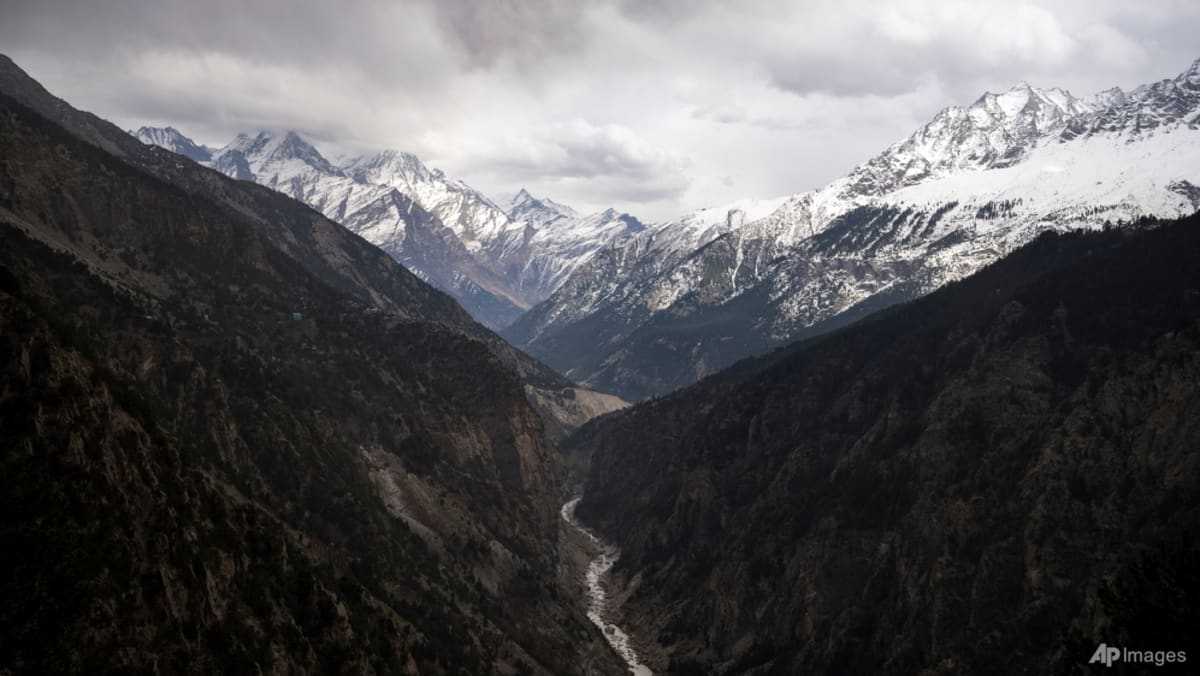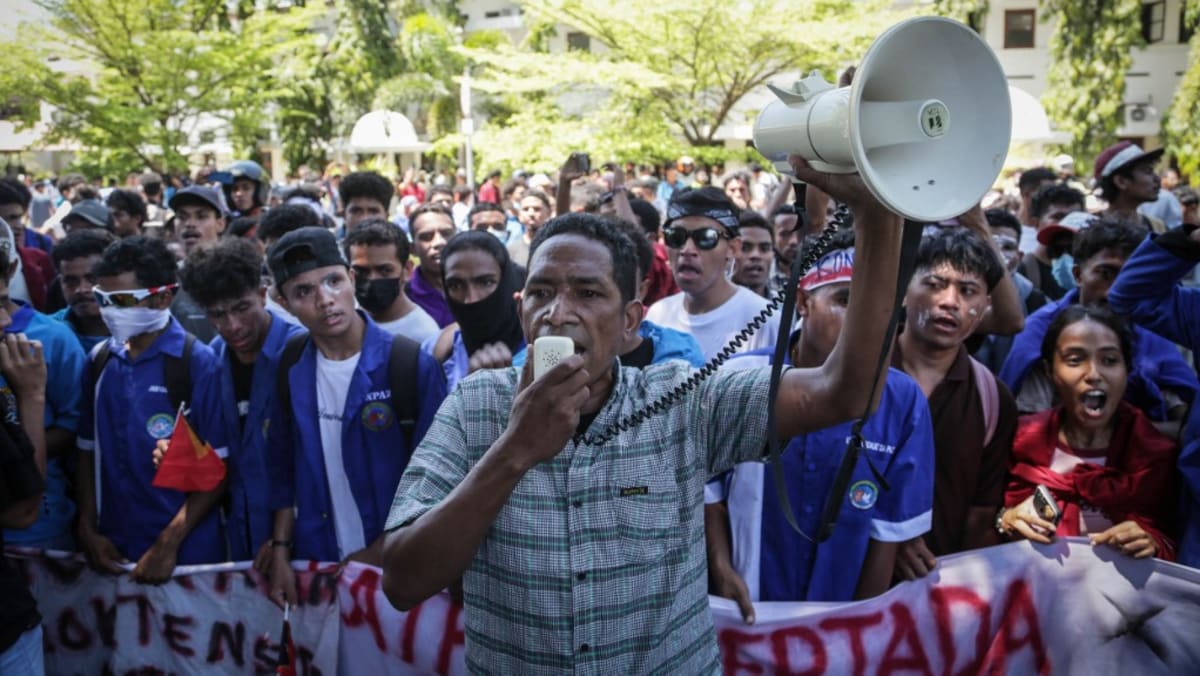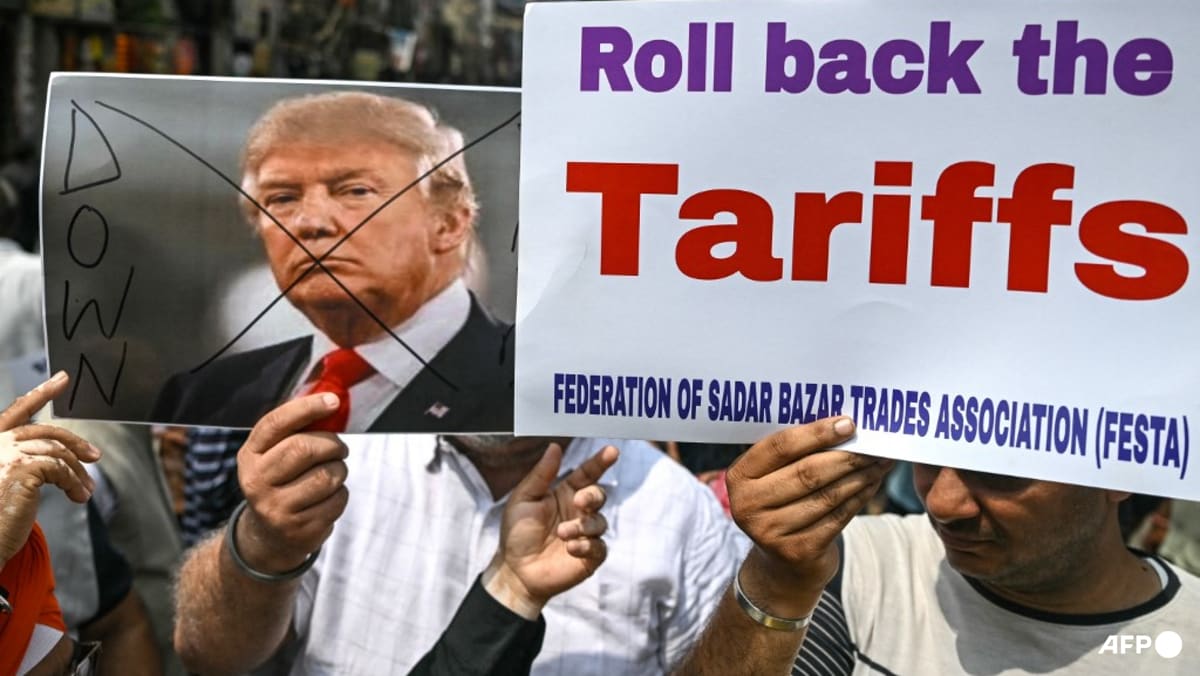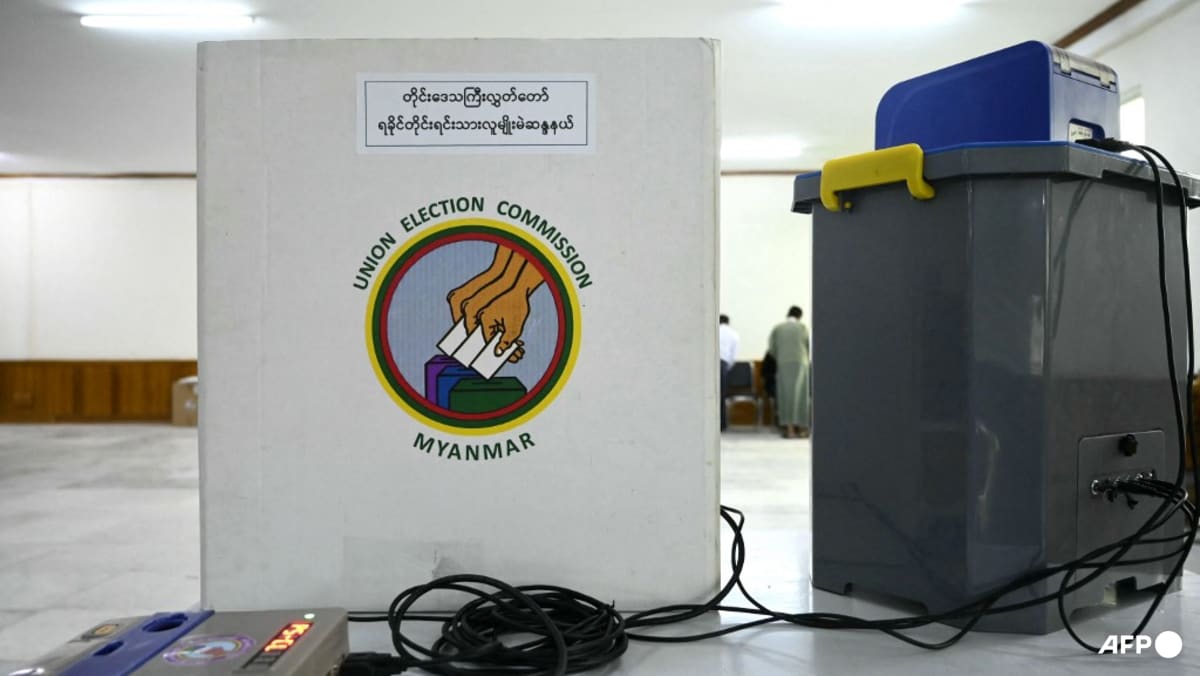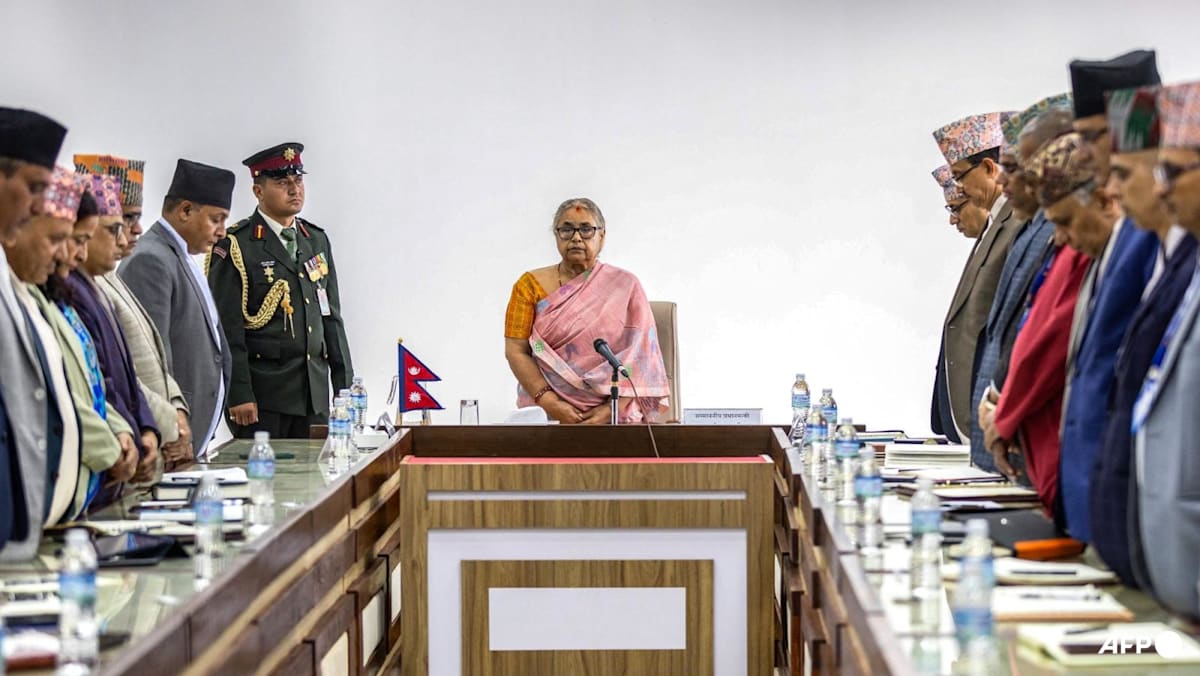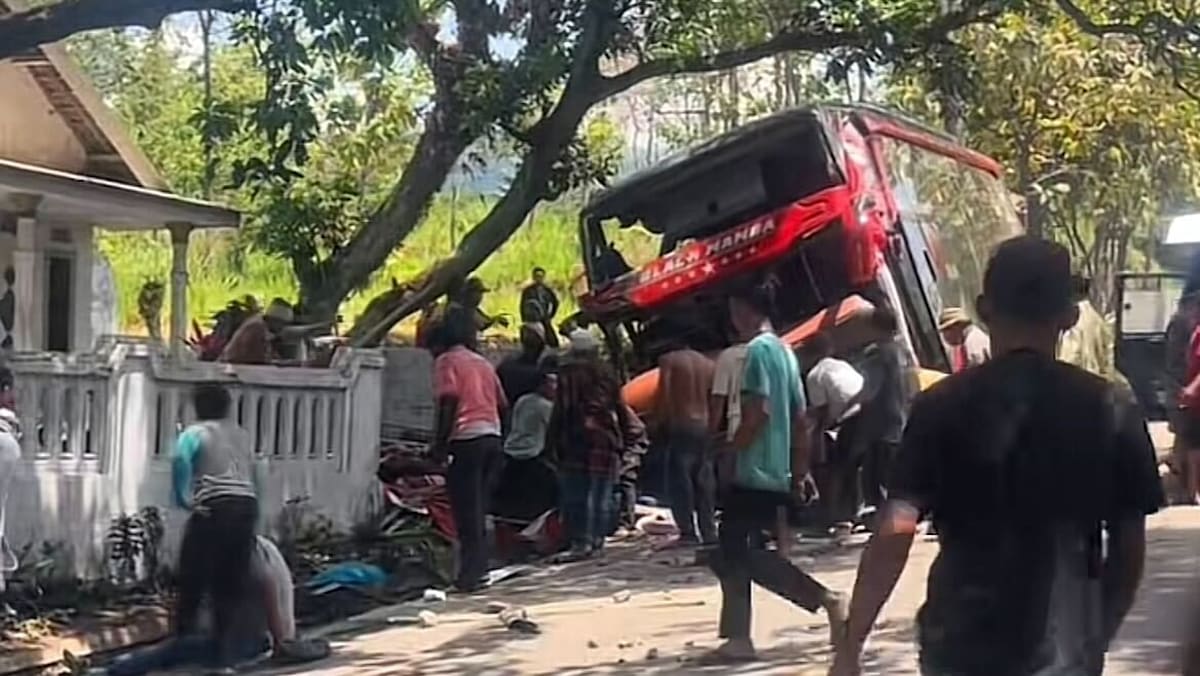Before visiting Sarawak, I didn’t think too much of the area. I had never been to the island of Borneo, home to Malaysian states Sabah and Sarawak, Indonesian Kalimantan, and the nation of Brunei.
I also only had a faint idea that Sarawak was where many indigenous communities of the Orang Dayak, or Dayak people, lived. I had heard it was “rich with culture”, but I didn’t really know what that meant, and thus, the place simply didn’t strike much interest in me.
So, the last thing I expected was a trip there to alter parts of my brain chemistry, but it did.
Witnessing the Gawai Dayak parade and staying in a longhouse (or rumah panjang) didn’t just take me out of my routine. It deepened how I think about indigenous heritage and culture, and what it means to be Singaporean, an identity rooted in the Southeast Asian region and shaped by the coming together of many different ethnicities.
In Sarawak, culture blends in a way that feels far more fluid and natural than I was used to (hi, Chinese-Malay-Indian-Other model in Singapore).
COMING TOGETHER DURING GAWAI DAYAK
My visit to Sarawak was anchored by the Gawai Dayak, a harvest festival celebrated annually in late May and early June by the native Orang Dayak, which included the Iban, Bidayuh and Melanau.

